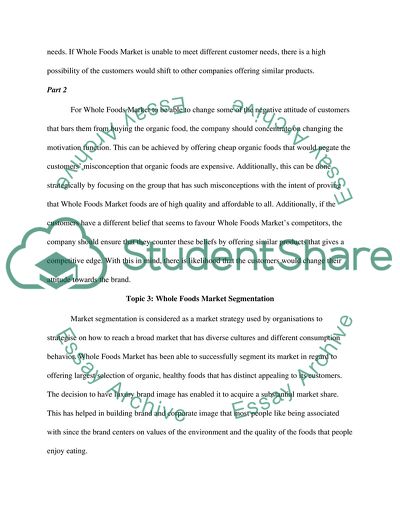Cite this document
(“Whole Foods case study Example | Topics and Well Written Essays - 1500 words”, n.d.)
Whole Foods case study Example | Topics and Well Written Essays - 1500 words. Retrieved from https://studentshare.org/marketing/1639561-whole-foods-case-study
Whole Foods case study Example | Topics and Well Written Essays - 1500 words. Retrieved from https://studentshare.org/marketing/1639561-whole-foods-case-study
(Whole Foods Case Study Example | Topics and Well Written Essays - 1500 Words)
Whole Foods Case Study Example | Topics and Well Written Essays - 1500 Words. https://studentshare.org/marketing/1639561-whole-foods-case-study.
Whole Foods Case Study Example | Topics and Well Written Essays - 1500 Words. https://studentshare.org/marketing/1639561-whole-foods-case-study.
“Whole Foods Case Study Example | Topics and Well Written Essays - 1500 Words”, n.d. https://studentshare.org/marketing/1639561-whole-foods-case-study.


